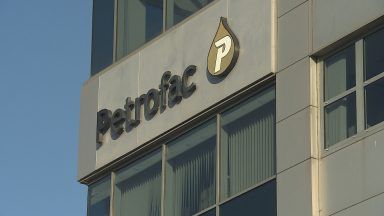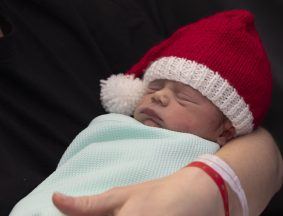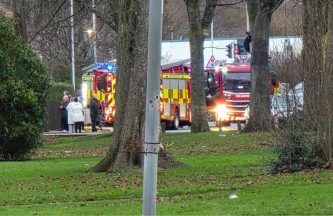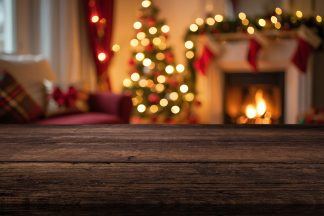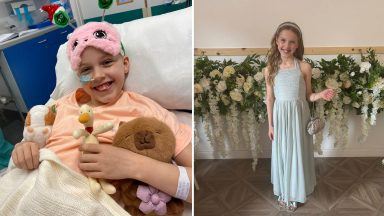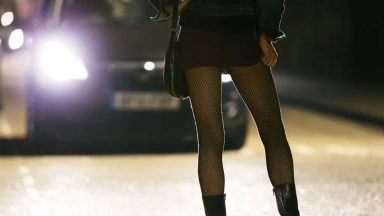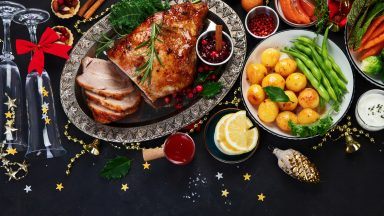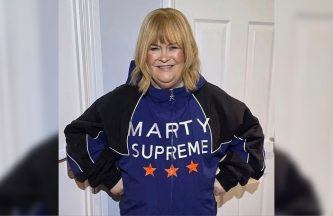Several famous buildings and estates in Scotland can be linked to slavery, the nation’s heritage body has found, as it looks to better explain the country’s links to the slave trade to those visiting historic sites.
The National Trust for Scotland is reviewing the history of its properties to provide visitors with new information in the wake of the Black Lives Matter movement.
Last month the NTS’s executive committee approved a £380,000 two-year research and public engagement project called Facing Our Past, intended to address the histories of slavery at some of its properties.
NTS has found 18 of the 129 properties it manages, including the birthplaces of poet Robert Burns and novelist JM Barrie, have links to slavery or colonialism.
Phil Long, the National Trust for Scotland’s new chief executive said: “I’m very conscious from my previous background that the heritage sector as a whole has been slow to investigate, acknowledge and explain the legacy of the slave trade and colonialism in Scotland’s social, economic and creative history.
“To be fair to the Trust, it has undertaken projects in the past in relation to specific properties in order to throw light on this issue – but we can and we must do better and our colleagues across our organisation are continuing to address this through research, writing and speaking publicly.”
NTS properties linked to slavery
Brodick Castle, Arran: Many objects from the castle’s art collection, and arguably the 1844 extension, were directly funded by the profits of Jamaican sugar plantations.
Brodie Castle, Forres: The Brodie family’s fortunes were boosted by marriage to the daughter of a plantation owner in 1837. Around three years later, the castle was remodelled.
Culzean Castle, Ayrshire: Slave Scipio Kennedy came to the castle as part of Jane Douglas’s dowry in her marriage to John Kennedy in 1705. Granted his freedom at 30, he continued to live on the estate.
Geilston House and Garden, Cardross, Argyll & Bute: The property was owned by Virginia tobacco merchant Thomas Donald.
Glenfinnan Monument: Glenaladale estate was once owned by Alexander Macdonald, who had made his fortune in Jamaica. The monument was funded by a descendant.
Greenbank House, near Glasgow: Built by Robert Allason, who traded in tobacco and slaves.
Harmony House, Melrose: Modelled on the Jamaica plantation home where its slaver owner made his money.
House of Dun/Angus Folk Museum: Linen woven at the House was shipped to the Caribbean to provide clothing for slaves.
Inveresk Lodge Gardens, East Lothian: Gardens for mansion which was home of Jamaica plantation owner James Wedderburn.
Newhailes: A ‘good news’ story – Lord Hailes was one of the judges who heard the Joseph Knight lawsuit, which ruled slavery was not legal in Scotland.
Robert Burns Birthplace Museum, Alloway, Ayrshire: Burns planned to move to Jamacia to work as a bookkeeper but stayed in Scotland after becoming the father to twins.
The Georgian House, Edinburgh: Has no known direct links to slavery, but is included to represent the New Town, where much of the wealth came from the trade.
Pollok House, Glasgow: Owners of the house were closely linked to the Atlantic slave trade from the 18th century onwards.
JM Barrie’s birthplace, Kirriemuir: Barrie’s father’s worked in the cloth weaving trade, which was linked to slavery.
Provan Hall, Glasgow: Owners included a doctor who bought it after returning from Jamaica.
The Pineapple Summerhouse, Airth, near Falkirk: Built by the Earl of Dunmore, Governor of Virginia, then the Bahamas.
Ben Lawers, Perthshire: Once belonged to the Earl of Breadalbane, a slave owner.
Balnain House, Inverness: Built by an indigo merchant, a trade which connected to slavery.
Follow STV News on WhatsApp
Scan the QR code on your mobile device for all the latest news from around the country




